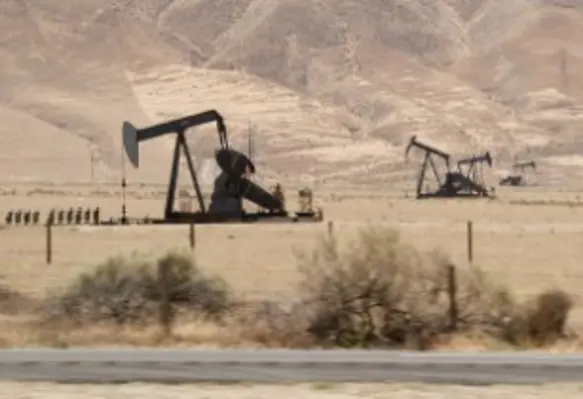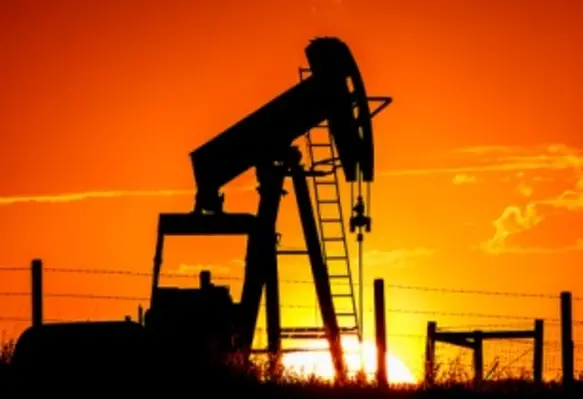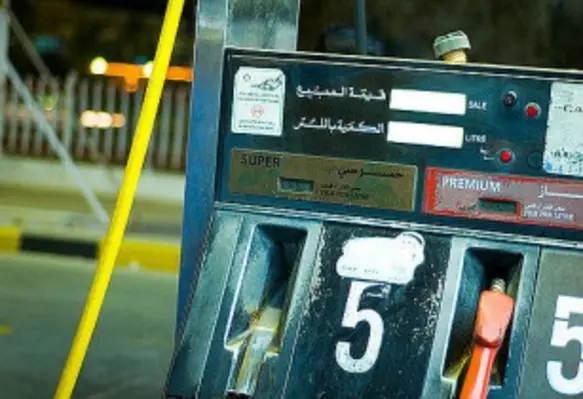Saipem, in consortium with Petroleum Marine Services (PMS), has been awarded the contract for life of field operations in the framework of Petrobel’s Zohr Deepwater Field Development, for which the vessel DP2 Ahmed Fadel, mobilised by PMS, will be deployed
Exploration & Production
Oryx Petroleum reports successful appraisal well in Iraq’s Banan field
As on 31 December 2017, 26 mmbbl of unrisked gross contingent oil resources were attributed by the Netherlands to Iraq’s Banan tertiary reservoir, according to Oryx Petroleum’s drilling update of the Banan field
SDX announces spud of SRM-3 oil well in Egypt
SDX Energy Inc, the North Africa-focused oil and gas firm, has announced to spud its SRM-3 appraisal well at South Ramadan, Egypt, where SDX has a 12.75 per cent working interest
KPC to begin exporting new grade of crude by June end
Kuwait Petroleum Corporation (KPC) expects the new grade of light crude oil to be exported by the end of June, Kuwaits oil minister Bakhit al-Rashidi said on Wednesday
Saipem secures US$1.3bn pipeline contract offshore Middle East
Saipem has been awarded a pipeline project offshore Middle East worth approximately US$1.3bn












